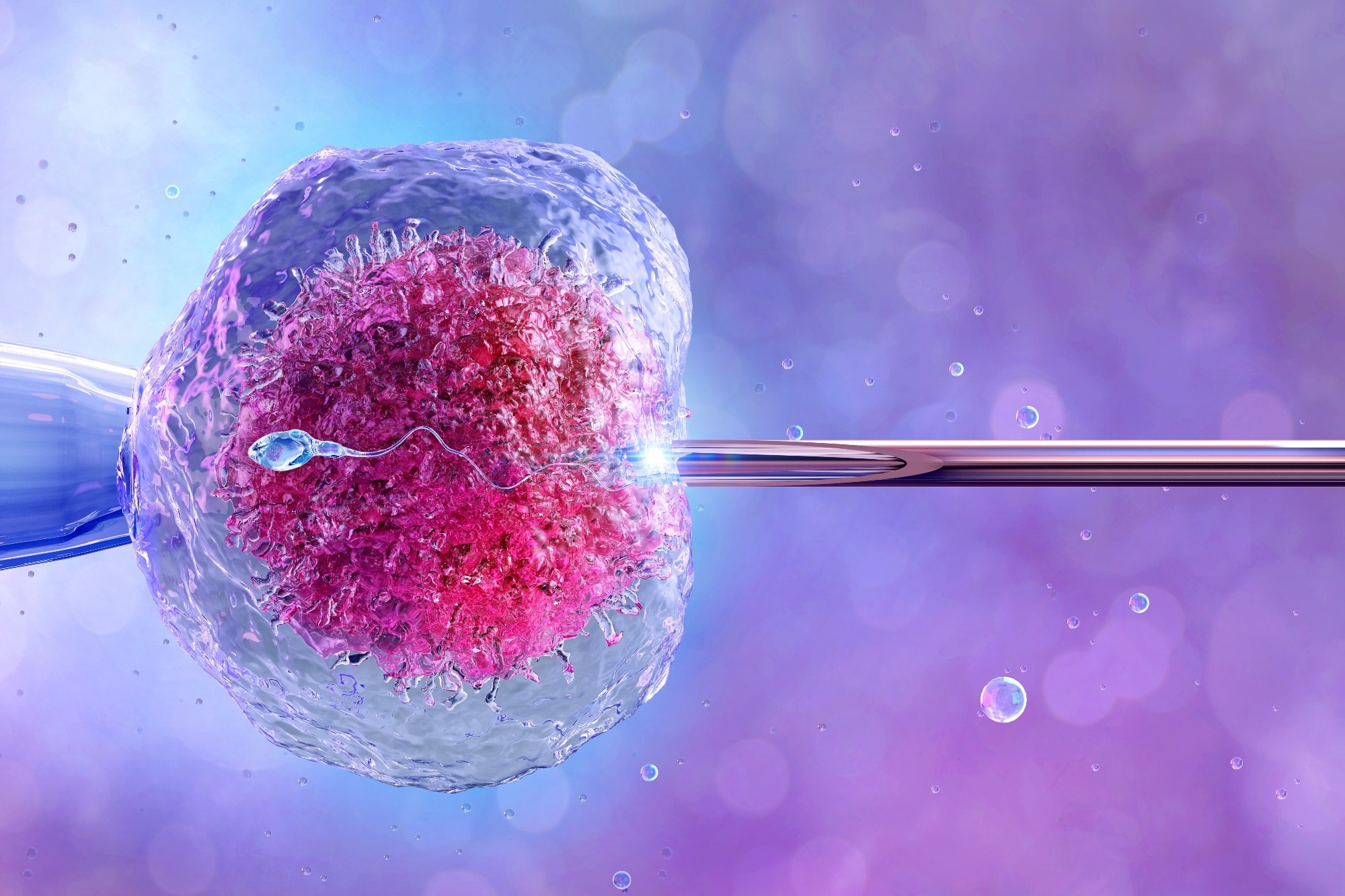The Science Behind Acne Scars: Understanding How They Develop

Acne scars are a very common acne side effect that can be frustrating and embarrassing. Acne scars are caused by inflammation within the skin, which causes acne lesions to form deep in the dermis layer of your skin. These acne lesions cause damage to this layer of your skin, which leads to scarring over time.
Thankfully, there are various ways you can have your acne scars treated. Click to read more about these treatments so you can learn how each can be effective for certain types of acne scars.
While there are many methods for treating acne scars, it is still important to know how they develop so you can take proper precautions against them.
What are Acne Scars?
We have mentioned earlier a brief description of acne scars. Acne scars are the spots or marks that are left on the skin after acne has healed. The marks may be red, brown or black and will vary in size and shape.
Acne scars are very common, affecting an estimated 50 million Americans. Acne scarring is caused by the inflammation that occurs within the skin during acne breakouts. When lesions form deep in the dermis layer of your skin, it causes damage to this layer and can lead to scarring over time.
There are three main types of acne scars:
- Hypertrophic scars: Thick, raised scars often look red or purple. They occur when too much collagen forms as acne heal.
- Keloid scars: These are even thicker and more raised than hypertrophic scars and often extend beyond the original acne lesion. Keloid scars can be caused by excessive collagen production and may require medical treatment for removal.
- Atrophic acne scars: These are depressions in the skin that form when acne lesions destroy your skin tissue. Atrophic acne scarring often looks like small pits and will usually be either ice-pick or rolling types.
What Causes Them?
There is no single reason why acne scars develop, and rather it’s a combination of multiple causes which all can lead to acne scar development. Here we discuss some common causes for acne scars:
Hormonal Changes
Studies have shown that hormones, acne breakouts, and acne scarring are connected because those with hormonal imbalances, such as women who experience post-pregnancy flareups, seem to have higher chances of developing hormonal acne scars.
Infection and Bacteria
Acne happens due to a lot of things, one of which is bacteria. When acne lesions are left untreated, the bacteria will spread and can cause more inflammation and damage to the skin, leading to scarring.
Picking and Popping Acne Lesions
Another common cause for acne scar development is picking at or popping active acne lesions. This only aggravates the lesion and can lead to further inflammation as well as scarring.
Sun Exposure
Sun exposure is also known to be a contributor to acne scar development. The sun’s UV rays can damage the skin cells and collagen fibres, increasing acne scarring.
How to Know if I Have Acne Scars?
There are many acne scar symptoms you can look out for. While acne scars are usually brown or red, other acne scar types such as ice pick and boxcar scars have different appearances. In addition to the physical appearance of acne scars, some other common acne scar symptoms include:
- An indentation in your skin
- A raised border around the depression
- Changes in texture on your skin that is either smoother or rougher than it used to be
Are Acne Scars Permanent?
Acne scarring is a common skin concern and can be difficult to treat. For many people, acne scars seem to take forever to fade away. However, with the right treatment procedure, most people will see some improvement in their scars. In general, acne scars are permanent, but their appearance of them can be greatly reduced through various treatments.
How to Get Rid of them Completely?
Getting rid of acne scars completely is a bit of a challenge. However, there are many acne scar treatments available that can help to improve their appearance. Some common acne scar treatments include:
Laser Treatment
Laser treatment is a popular method for treating acne scars. A laser will be used to target and break down the damaged tissue and collagen in your skin, which can help to reduce the appearance of acne scars.
Dermal Fillers
If you have atrophic acne scars, dermal fillers may be an option for you. Dermal fillers are injections that are utilised to plump up the depressed areas of your skin, making them less noticeable.
Creams and Gels
There are also a number of acne scar creams and gels available, which can help to reduce their appearance. These products usually contain ingredients such as hydroquinone, retinol, or tretinoin, which lighten the acne scars and improve collagen production.
Chemical Peels
Another treatment option for acne scars is peelings. A chemical peel will be applied to your skin which will cause it to blister and peel off. This helps to remove the damaged outer layer of your skin and reveal newer, healthier-looking skin underneath.
Microdermabrasion
Microdermabrasion is a simple procedure that utilises tiny crystals to exfoliate the top layer of your skin. This aids to eliminate any dead skin cells or hyperpigmentation, which can help acne scars appear less noticeable.
Subcision and Punch Excision
If you have ice pick scars or other types where the skin is indented rather than raised, subcision may be an option for you. Subcisions involves making a small incision in your acne scar so that it lies flat against your skin again, while punch excision involves removing the acne scar completely with either stitches or surgical glue afterwards.
Both procedures are considered invasive, but they can also produce much better results compared to non-invasive methods like chemical peels or lasers.



